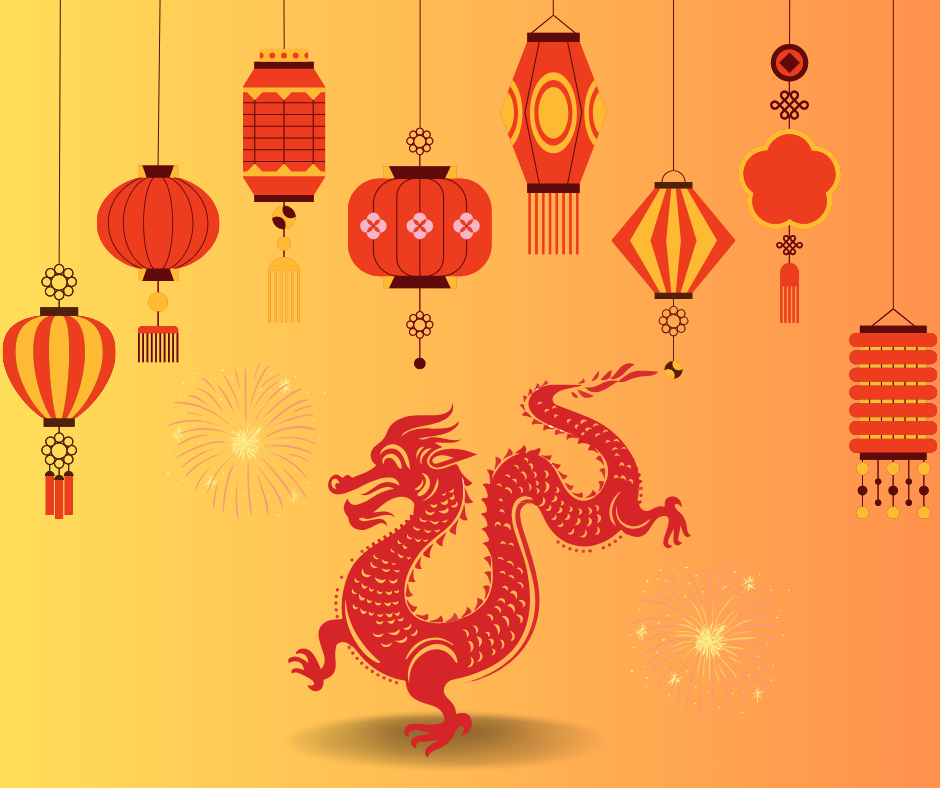Lunar New Year or Chinese New Year is a celebration to welcome in the new year of the lunar calendar. 2024 is the Year of the Dragon, which is associated with symbols of strength, power and success.
Professor Mei-Chen Lin of the university’s School of Communication Studies recalled her memories of Lunar New Year as a child growing up in Taiwan.
“For me, Chinese New Year as a child was always about having fun, playing with your cousins, eating food and getting money in a red envelope as that is part of the traditions,” Lin said.
The Lunar New Year is an important annual holiday in China, across the Asian continent and in communities across the globe that is celebrated by more than 1.5 billion people, according to People Magazine.
The dates of the holiday fell on Feb. 10 and continued for 15 days. The dates vary slightly from year to year as it is based on the cycles of the moon from the lunar calendar.
Those that celebrate the holiday will commonly adhere to the celebratory traditions and rituals of the 15-day festival, such as participating in cleaning to get rid of bad luck, visiting family as a sign of respect, setting off firecrackers, lighting lanterns, eating lucky food, watching lion and dragon dances and more, according to Lin.
Each lunar new year is associated with a Chinese zodiac animal and celebrated with parades, performances, traditional clothing, traditional dances and the color red to remove bad luck and welcome prosperity for the upcoming year.
“The dragon is considered a good luck and royal symbol,” Lin said. “In the old times, only emperors could wear clothes that had a dragon symbol on it.”
The university’s study abroad program and International Student and Scholar Services department organized activities to celebrate the holiday including dumpling making, learning to write your name in Mandarin and more Wednesday Feb. 14 for “I Heart Travel Week.”
Lauren Bischof is a beat reporter. Contact her at [email protected].





